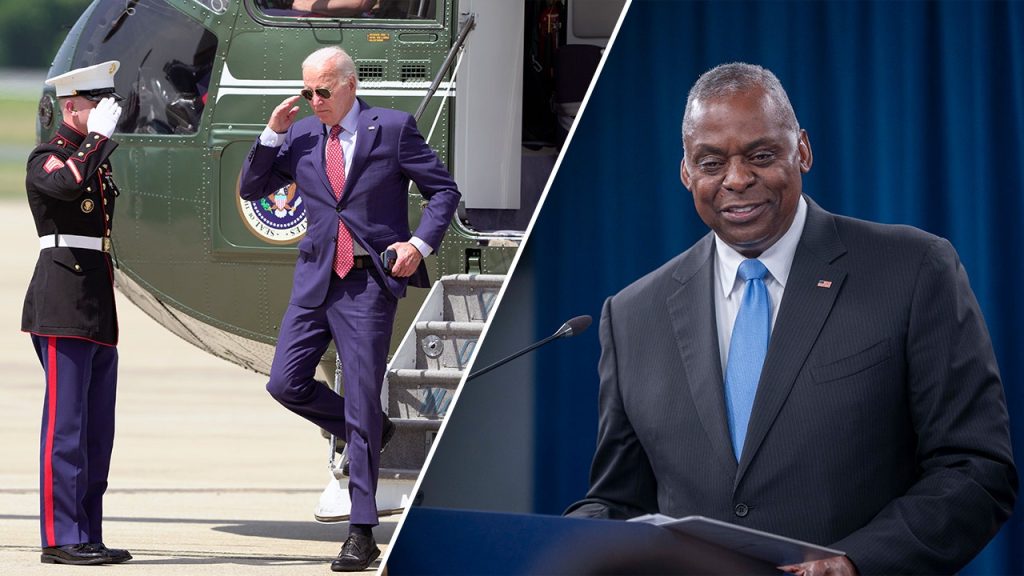U.S. Defense Secretary Lloyd Austin announced on Friday that military forces would be adjusting their postures in the Middle East following a strike in Iran that killed Hamas leader Ismail Haniyeh. The Pentagon revealed that they would be moving a fighter jet squadron to the region and maintaining an aircraft carrier there. Additionally, in response to a promise made to Israeli Prime Minister Benjamin Netanyahu, President Biden ordered additional ballistic missile defense-capable cruisers and destroyers to be sent to the Middle East.
As part of the adjustments, the USS Abraham Lincoln Carrier Strike Group will replace the USS Theodore Roosevelt Carrier Strike Group, which is currently deployed in the Central Command area of responsibility. These moves are intended to expand the range of capabilities that the U.S. military has in the region, including the USS Wasp Amphibious Ready Group/Marine Expeditionary Unit operating in the Eastern Mediterranean. The specific location where the squadron and the aircraft carrier will be based in the Middle East has not been clarified in the Pentagon’s announcement.
The decision to increase defenses in the Middle East follows the deaths of Hamas leader Ismail Haniyeh in Iran and senior Hezbollah commander Fouad Shukur in Beirut. The Pentagon’s release emphasized that the United States is also focused on de-escalating tensions in the region and working towards a ceasefire as part of a hostage deal that aims to bring hostages home and end the war in Gaza. The move to bolster military capabilities in the Middle East is seen as a response to these recent events and a strategic adjustment to maintain stability and security in the region.
The announcement of the deployment of additional military assets to the Middle East also sparked controversy, particularly in Turkey, where Israeli outrage was expressed after the embassy in Israel lowered its flag to half-mast in honor of the deceased Hamas leader. The situation reflects the complex political dynamics in the region and the ongoing tensions between various factions. The United States’ decision to bolster defenses is likely to have ripple effects on regional dynamics and may impact diplomatic relations between countries in the Middle East.
The Pentagon’s actions and statements regarding the military posture adjustments in the Middle East underscore the importance of maintaining a strong presence in the region to address security threats and protect U.S. interests. The deployment of additional forces and assets sends a clear message of deterrence and capability to potential adversaries in the region. It also highlights the United States’ commitment to supporting allies like Israel and responding decisively to threats posed by groups like Hamas and Hezbollah. The evolving situation in the Middle East necessitates a proactive and strategic approach to security and defense, and the U.S. military is adapting accordingly to address emerging challenges.
In conclusion, the United States’ decision to adjust its military postures in the Middle East in response to recent events reflects a commitment to maintaining stability and security in the region. By deploying additional forces and assets, the U.S. aims to bolster its capabilities and readiness to address threats from groups like Hamas and Hezbollah. The complex political dynamics in the region, including tensions between various countries and factions, add a layer of complexity to the situation. The U.S. remains focused on de-escalating tensions and working towards a ceasefire while also prioritizing the safety and security of personnel in the region. The ongoing developments highlight the need for a proactive and strategic approach to security in the Middle East.













